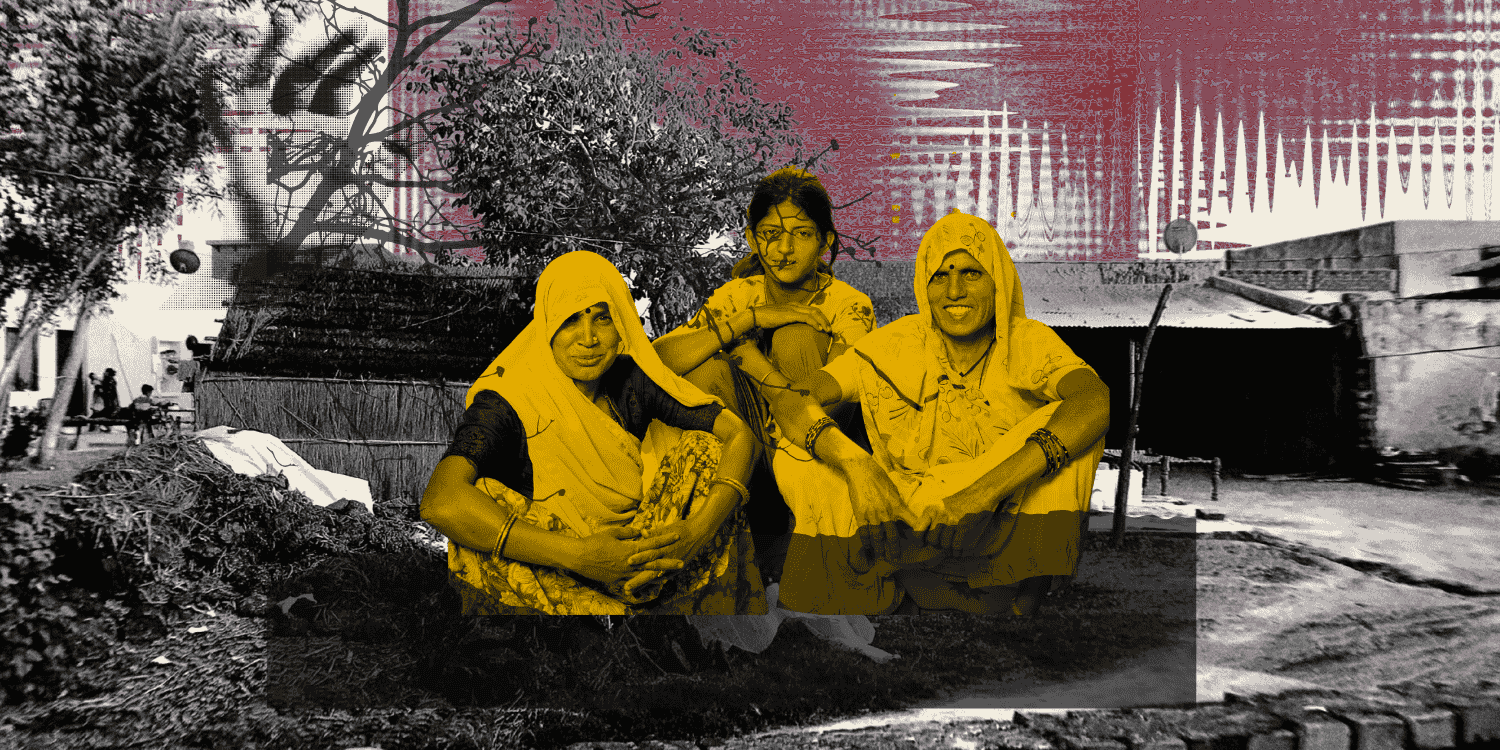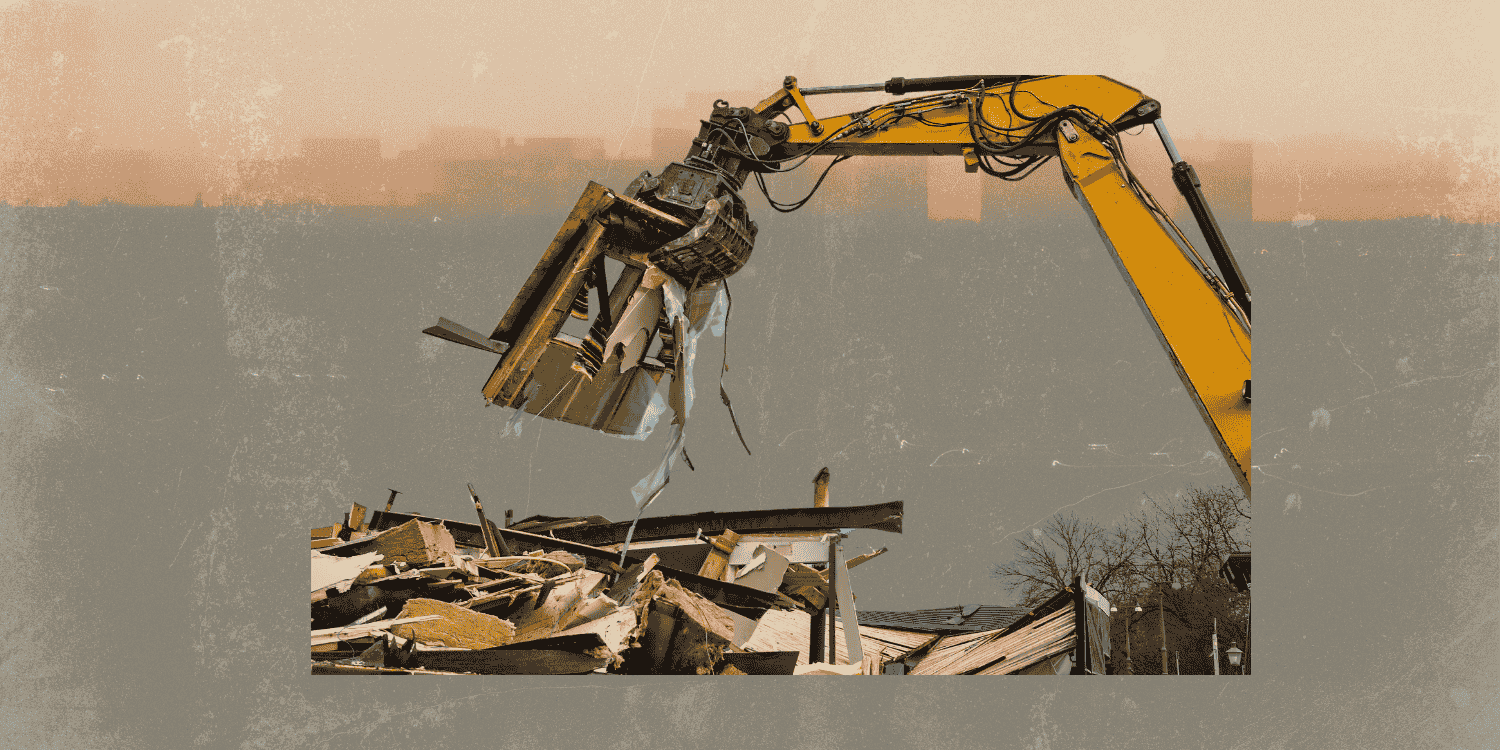In an era marked by technological progress and increased internet accessibility, electronic devices have become essential elements of modern daily life, significantly enhancing living standards for a considerable global population. However, the downside of this digital advancement is the alarming rise in electronic waste, or e-waste, resulting from electronic equipment reaching the end of its lifespan or becoming obsolete due to rapid technological developments. This category includes various devices such as computers, servers, monitors, printers, cell phones, and televisions. The shortened replacement cycle for electronic gadgets has led consumers to discard older models rapidly, exacerbating the growing e-waste problem. India has emerged as a notable contributor to this issue, ranking as the world’s third-largest e-waste generator, according to the United Nations’ Global E-Waste Monitor 2020. Despite India’s per-capita generation being below the global average, there is room for improvement. The country generated around 16.01 lakh tonnes of e-waste in 2021-22, but only about 5.27 lakh tonnes were collected and processed, highlighting the urgent need for more effective e-waste management. As global e-waste generation is expected to nearly double by 2030, immediate and coordinated efforts are crucial to address this challenge, particularly given India’s growing consumption of electronic goods. A concerted global and national commitment is imperative to confront the escalating electronic waste issue, ensuring a cleaner environment and safeguarding the well-being of workers and communities.
India’s and Other Emerging Carbon Markets in the Developing World
Abstract Exactly 28 years ago, with the Kyoto Protocol; a result of the Earth Summit held at Rio De Janeiro in Brazil, carbon markets came into existence to address climate change, and it established the foundation for carbon markets by introducing market-based mechanisms like emissions trading. Carbon markets allow countries to trade emission reduction credits, […]




